Broken clutch plates are one of the most common sources of screen-blocking junk. Sealant, flakes of gasket material and other trash that finds its way into the oil can also cause problems.
An engine's oil pump and the oil screens that protect it are all critical parts of a modern four-stroke that remain largely ignored. Even owners who pride themselves on their maintenance schedule often make this mistake. In the majority of cases the oil pump just whirs along, pumping its little heart out while requiring little to no attention. And most of the time the oil screen will be clean and unobstructed, but if it isn't clean, the results can be disastrous. Most of the latest four-strokes have made the oil screen fairly easy to get to. That isn't always the case, though. Unfortunately, some models have the pick-up screen inside the centercases. If you need to clean a screen inside the cases, it is safest to split the cases to make sure that all of the junk is out of the engine.If you don't see any sign of junk in the oil or filter, chances are the oil screen is clean. But if you have a bike that does not require splitting the cases, check it every so often by taking it out. If you have a bike with the screen inside the cases, try to find an opening that will let you see the screen. That will help ensure that your engine is getting the clean oil it needs at the pressure it wants.
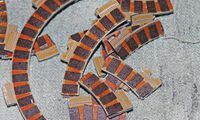
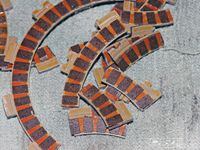
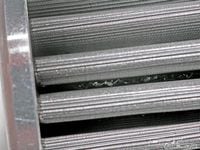

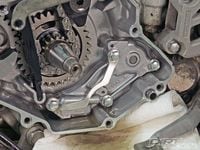
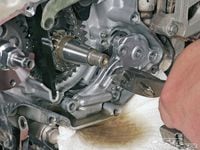
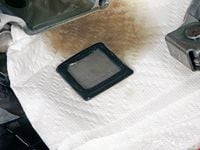

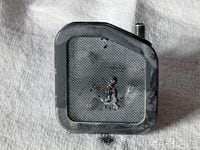
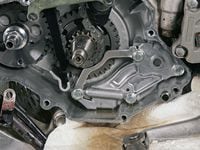
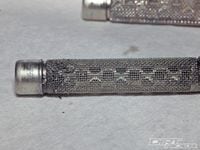
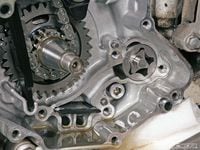
/cloudfront-us-east-1.images.arcpublishing.com/octane/3T32INAZQRGPXOGGA36NQJDSSM.jpg)
/cloudfront-us-east-1.images.arcpublishing.com/octane/EPLS5PBKXBHNXK7S5O7G4ND3YQ.jpg)
/cloudfront-us-east-1.images.arcpublishing.com/octane/MNGOZAGZFZBH5DPFV7NOPF5S3Y.jpg)
/cloudfront-us-east-1.images.arcpublishing.com/octane/VGJWIIFM2VBCXG34KRQ37GCP7U.jpg)
/cloudfront-us-east-1.images.arcpublishing.com/octane/2ZU3HXRPMZESJF7HDLZJV7FHEY.jpg)
/cloudfront-us-east-1.images.arcpublishing.com/octane/VVFWQBZEIZDVJHZIW5ISKWKOZU.jpg)
/cloudfront-us-east-1.images.arcpublishing.com/octane/7T7FZXHIIBDX7AOBD5S3IICUJI.jpg)
/cloudfront-us-east-1.images.arcpublishing.com/octane/T3Y7A52TXBEBJNEPGOQSVPQSPU.jpg)
/cloudfront-us-east-1.images.arcpublishing.com/octane/KY33U3WBTNFIBJFMTEF2SM7BOQ.jpg)
/cloudfront-us-east-1.images.arcpublishing.com/octane/JNPS5MGVXJC7BARVMARYQIQHXE.jpg)
/cloudfront-us-east-1.images.arcpublishing.com/octane/63N2P6SYAZDURJDO5KARQYX2J4.jpg)
/cloudfront-us-east-1.images.arcpublishing.com/octane/C72WX35SXFETTO5OVA2RWT523I.jpg)
/cloudfront-us-east-1.images.arcpublishing.com/octane/F3ER37EV2RGY5CRYFNTWE3JSF4.jpg)
/cloudfront-us-east-1.images.arcpublishing.com/octane/L65QCUR32RH2NKCUHXYHHAPDFI.jpg)
/cloudfront-us-east-1.images.arcpublishing.com/octane/VSK246VVRRDMBNQU7B2NTNY6AE.jpg)
/cloudfront-us-east-1.images.arcpublishing.com/octane/CG64RRFAYRENNAP2AA22T2LSJY.jpg)
/cloudfront-us-east-1.images.arcpublishing.com/octane/IKZSRLBWMRDORMORBXSISL4D6M.jpg)
/cloudfront-us-east-1.images.arcpublishing.com/octane/BJLVRPJSDFC3ZLPMW3LYYHMPZE.jpg)
/cloudfront-us-east-1.images.arcpublishing.com/octane/RQW2RFU4MJDYRPVFJNW362SEXU.jpg)
/cloudfront-us-east-1.images.arcpublishing.com/octane/CGQDU7HEEBBWBLF6SMXCJIW7DI.jpg)
/cloudfront-us-east-1.images.arcpublishing.com/octane/B35XXACE4ZGU5BWSEMEFUL6SN4.jpg)
/cloudfront-us-east-1.images.arcpublishing.com/octane/TDSGY4VSSRC4LP6PYXP62U236Y.jpg)
/cloudfront-us-east-1.images.arcpublishing.com/octane/4YWNAG64EZF63AQI3VL7ANERSY.jpg)
/cloudfront-us-east-1.images.arcpublishing.com/octane/QFQQG7ZZKFB5VC7C7B5PTOCJ2E.jpg)